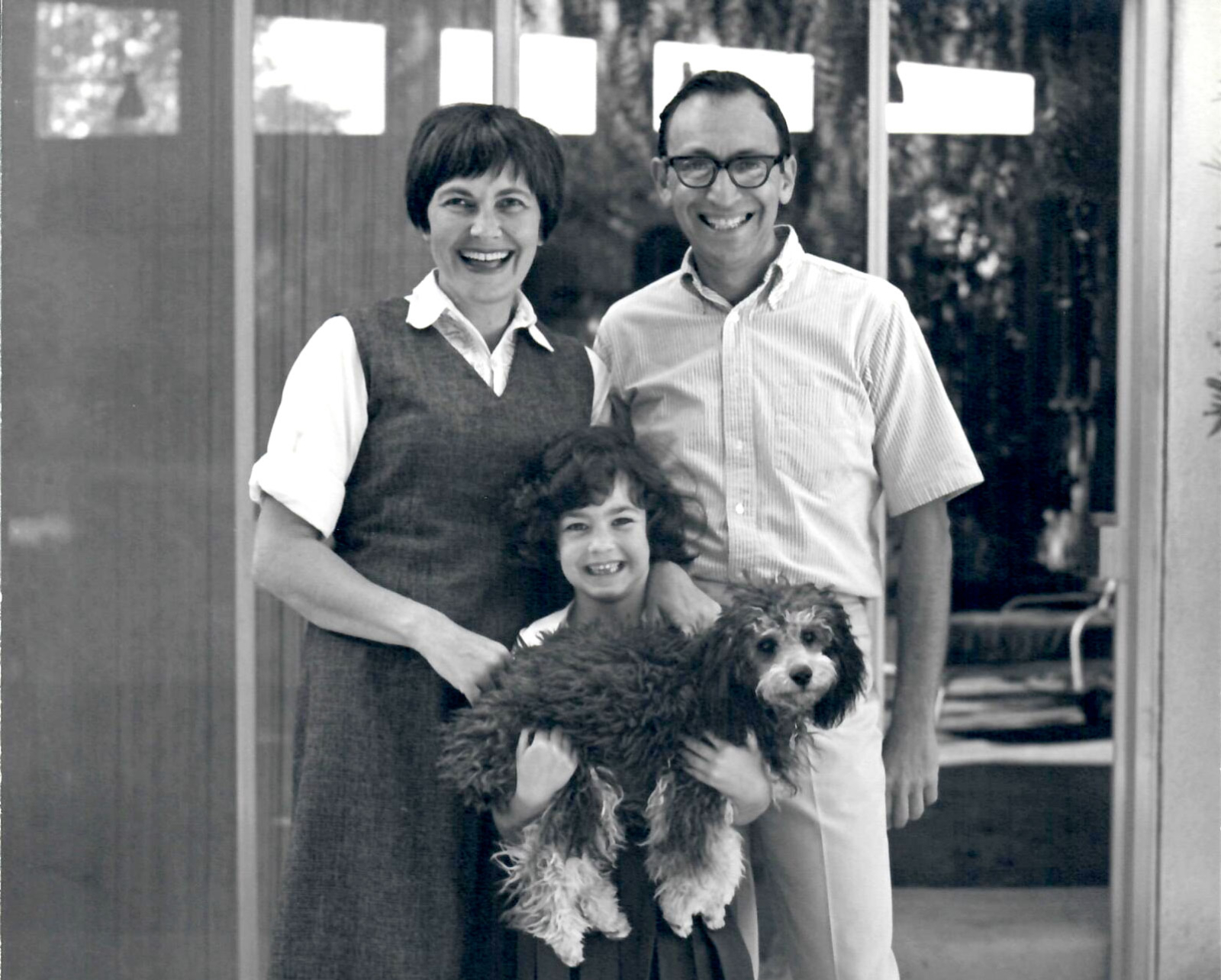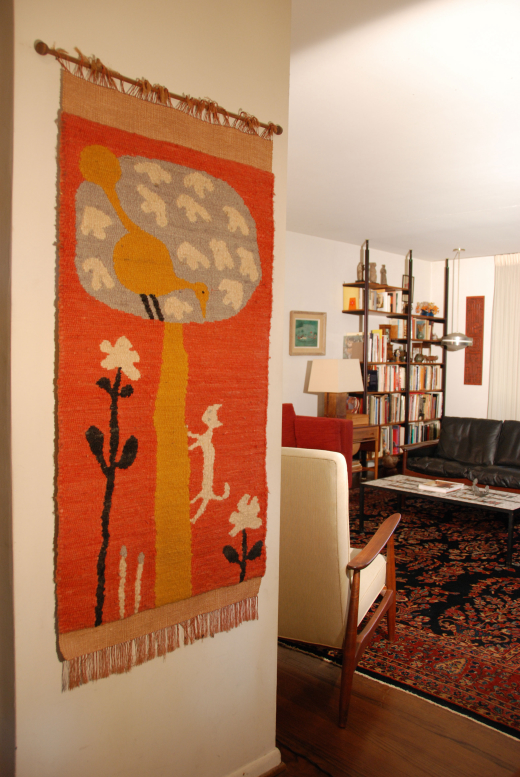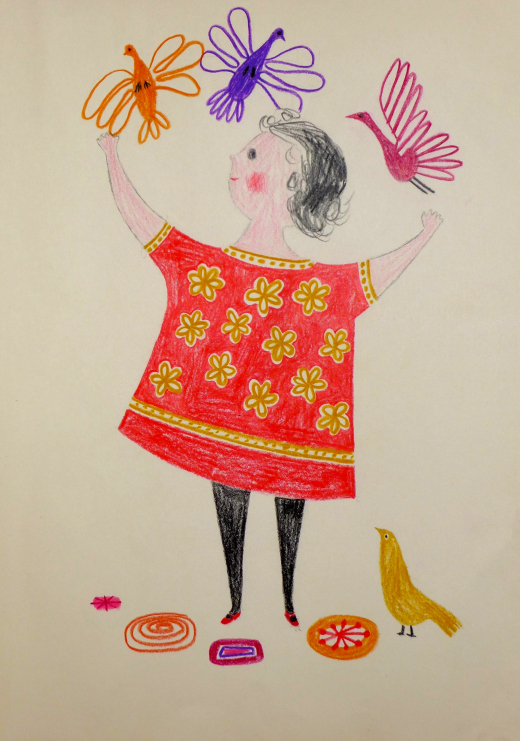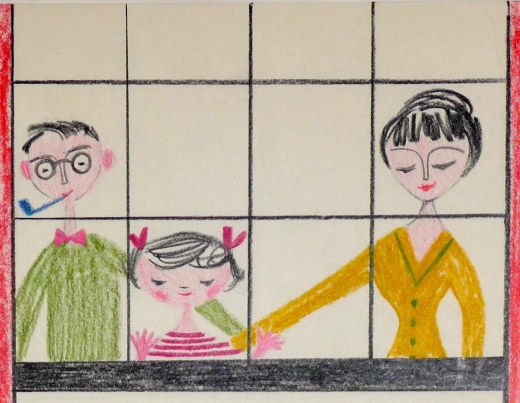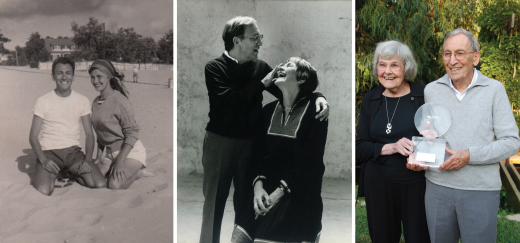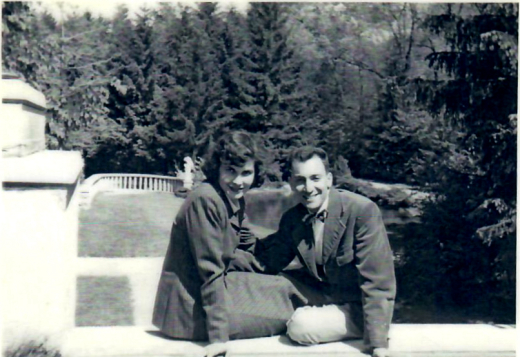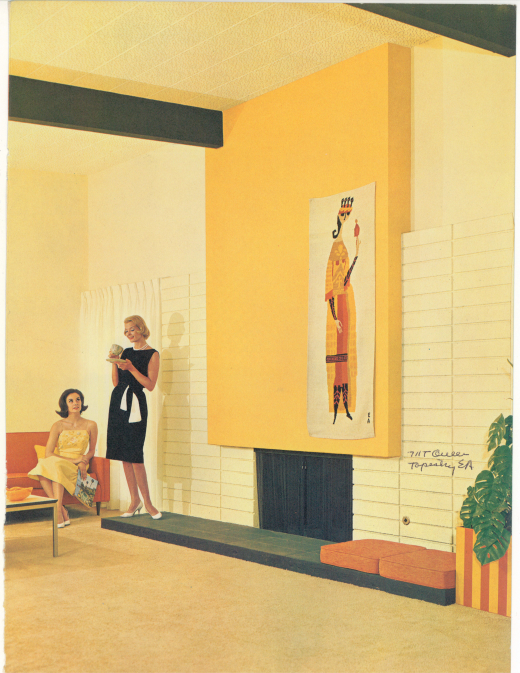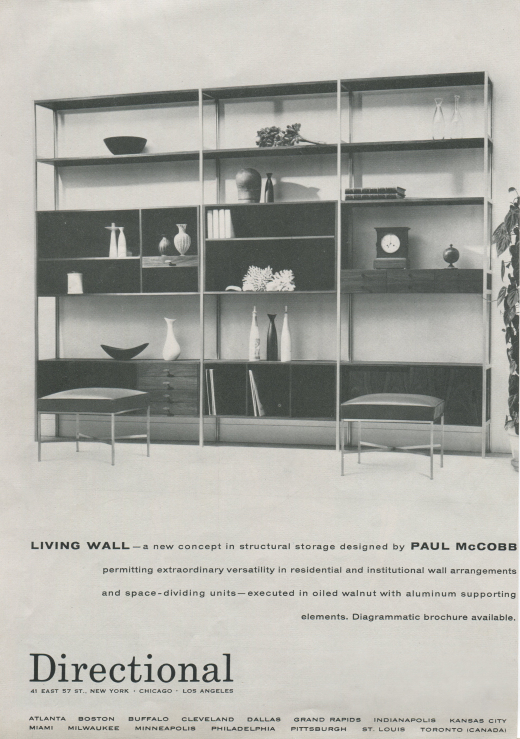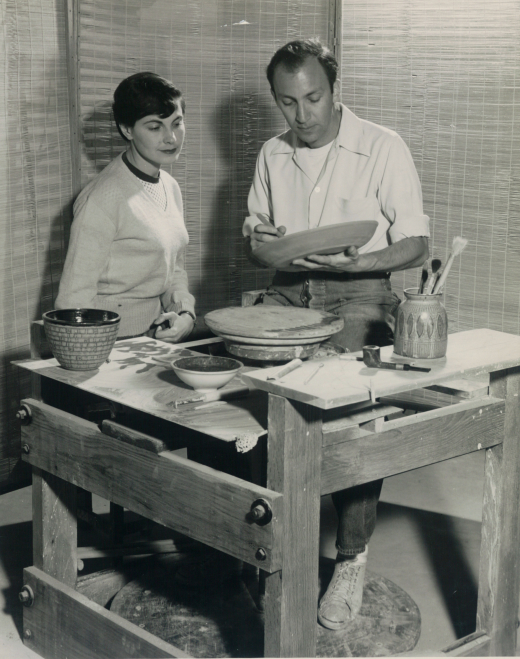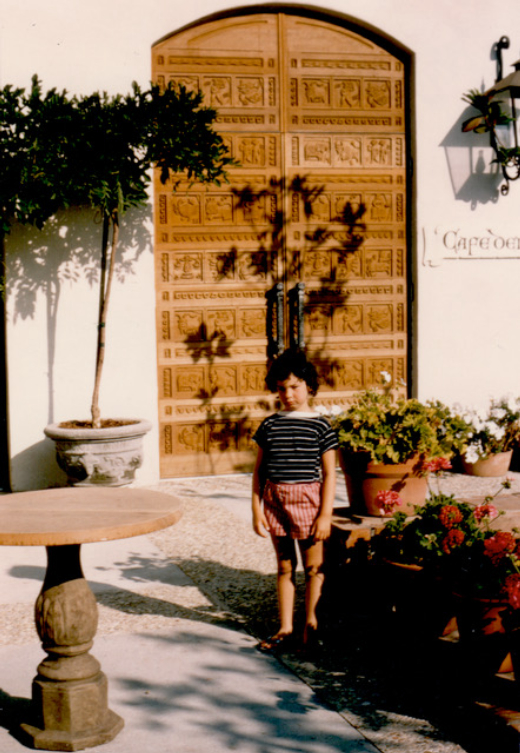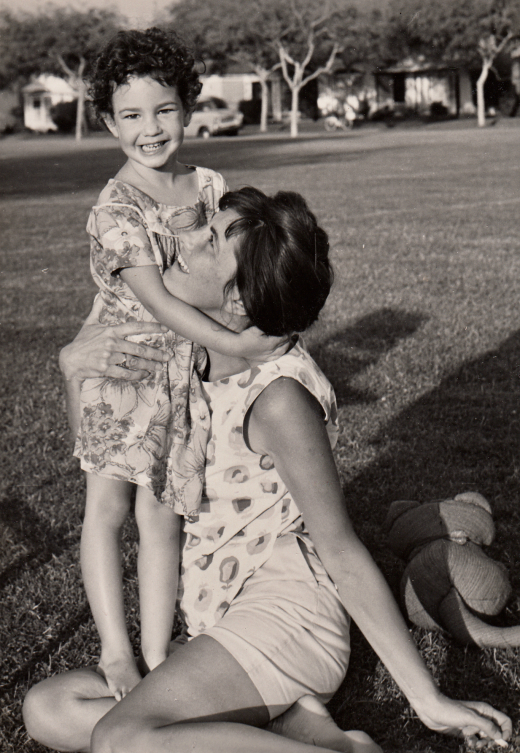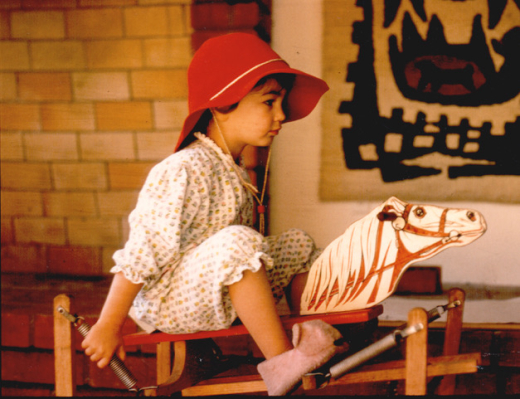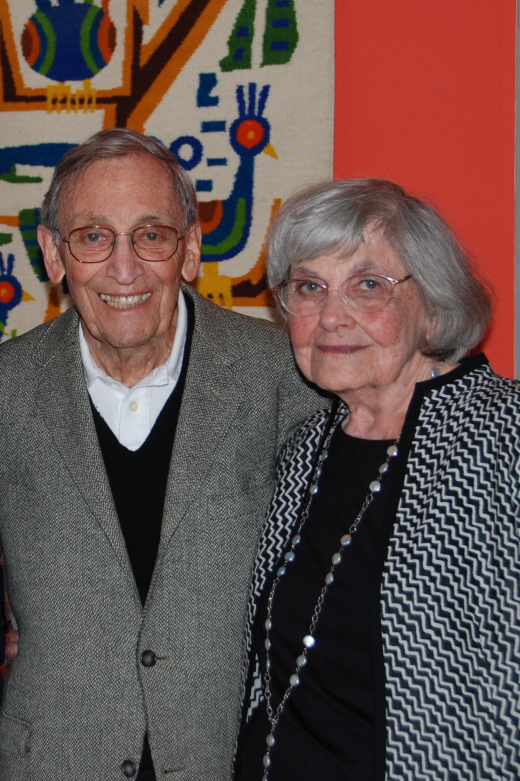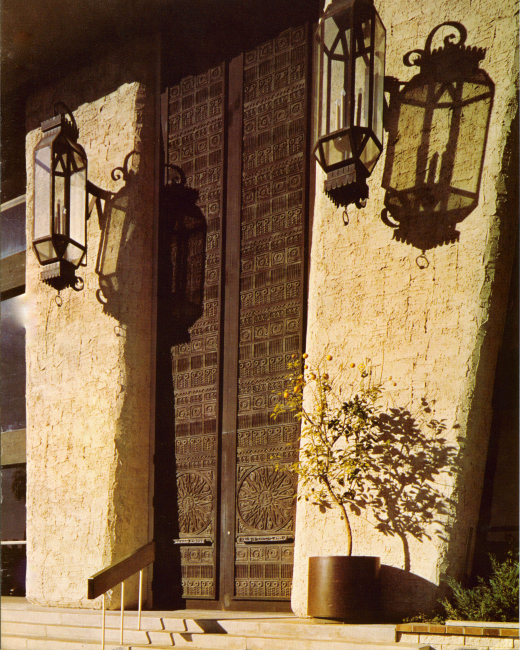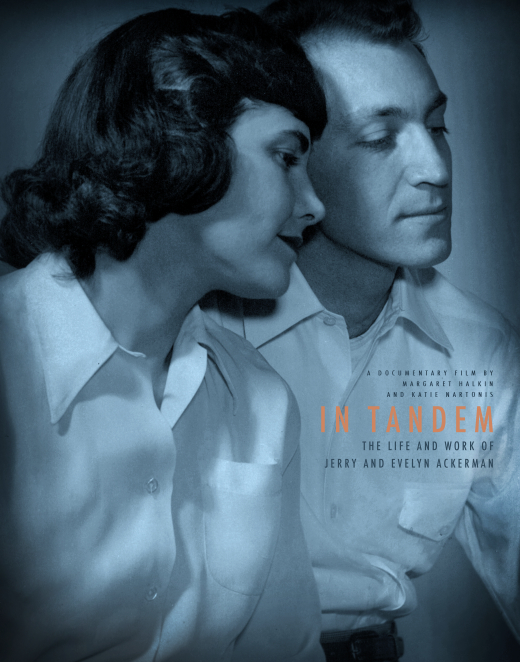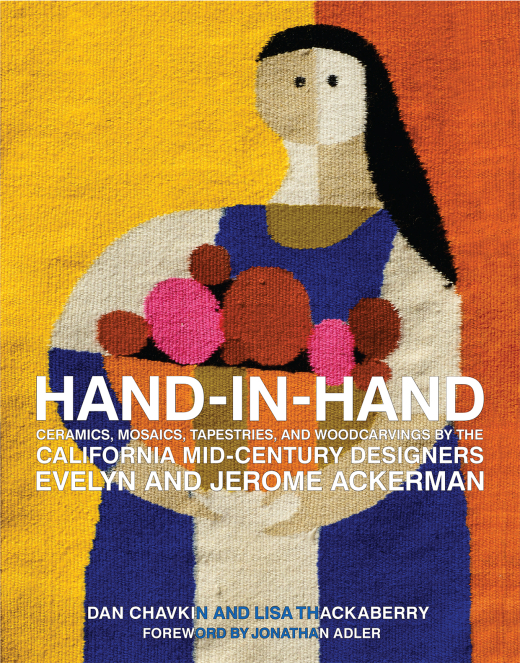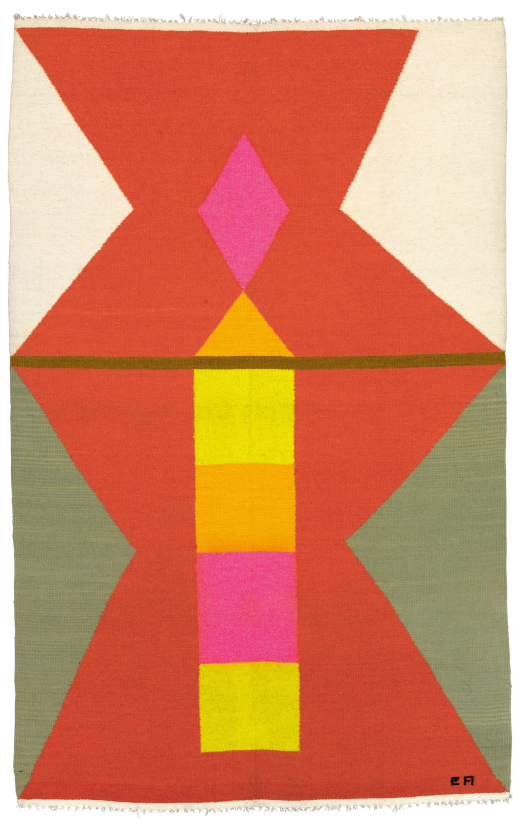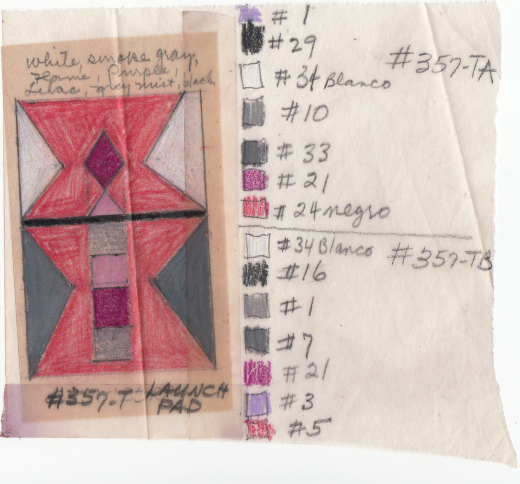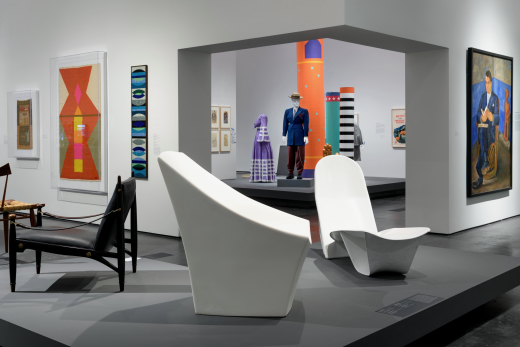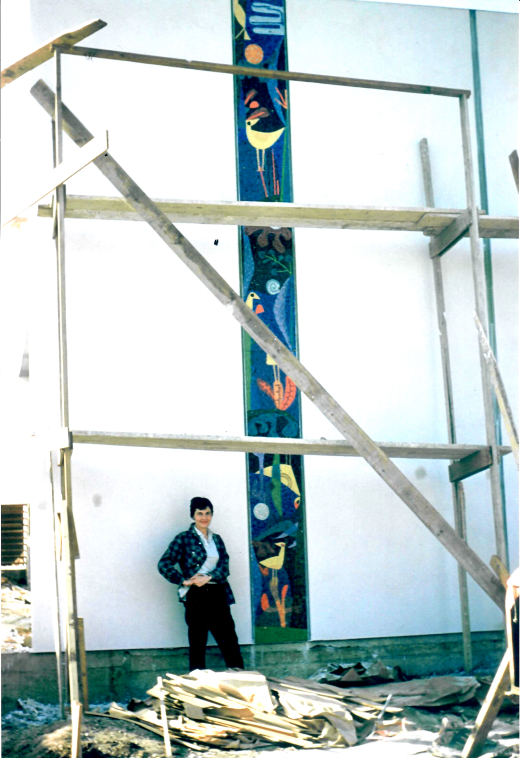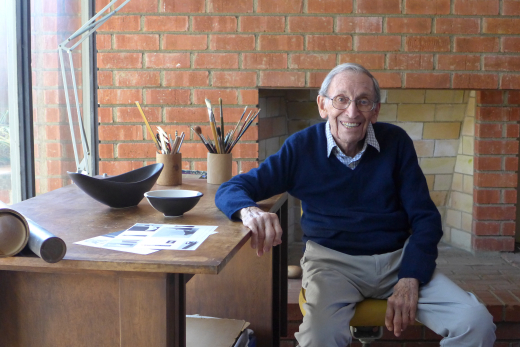“Your house is weird,” declared my friend, Renee. It was 1970 and I was 10 years old. My friends lived with avocado green kitchens, burnt orange shag carpets, and overstuffed Lazy-Boys. They definitely did not live with Mies van der Rohe, Hans Wegner, and Saarinen funiture or their dad’s hardware and mom’s woodcarvings. An eclectic mix filled our home, effortlessly curated by my parents, Evelyn and Jerome Ackerman. Mexican folk art, kachinas, African masks, and kilims were juxtaposed with their artwork from paintings to tapestries. As newlyweds, they purchased a Nelson bench, Aalto stools, and Eames chairs from Herman Miller. They traded with friends Max and Rita Lawrence (Architectural Pottery), Peter Voulkos, and Sam Maloof. Often pieces from craftsmen like Pepe Mendoza, whom they introduced to the U.S., migrated from their showroom to our house.
My parents bought our house in Culver City, California, in 1956. They annexed a light-filled studio with floor-to-ceiling fireplace and terra cotta floors. Doors set atop filing cabinets cleverly served as counters while a handmade drafting table was mom’s work area. An adjoining smaller studio functioned as a multipurpose space, converted in high school to my darkroom.
Two pieces hung above my Danish modern bed. A large applique, “The House That Love Built,” displayed finger puppets mom had designed and sewed. They became kits for a preschool fundraiser, ultimately garnering awards and press. When the other piece in my room, mom’s whimsical “Garden” hooking, appeared in a cartoon, dad joked, “You know you’ve made it when you’re in Playboy.”
